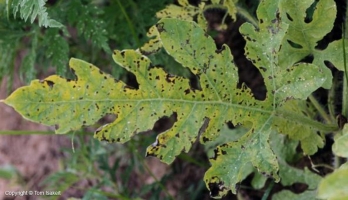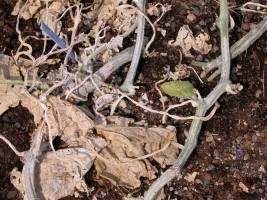Arka Jyoti: Mid season hybrid, fruits are round, light green skin with sweet flesh (11-12%). Suitable for growing in south as well as in north region.
Arka Manik: Fruits are oval shape, skin color is light green, flesh is of deep red color with TSS 11-12%. Gives resistant to powdery mildew, downy mildew.
Durgapur Kesar: Late maturing variety with fruits having light green color skin and yellow flesh.
Durgapur Lal: Variety having dark red flesh and high sweetness.
Durgapur Meetha: Fruits are round with light green color. Fruits are having excellent keeping quality. Ready to harvest in 125 days.
Improved Shipper: Fruits are dark green with red flesh and having moderate sweetness.
Pusa Bedane: Slow growing, seedless hybrid. Fruits are having thick rind, crisp and deep pink flesh. Ready to harvest in 105 days.
Asahi Yamato: Developed by IARI, New Delhi. This variety gives medium sized fruits with weight of 6-8 kg. Ready to harvest in 95 days. Flesh is of deep pink color. TSS 11 to 13%.
Sugar Baby: Developed by IARI, New Delhi. Fruits are this variety are of small size, round shape and fruits average weight of 3-5 kg. Skin is of bluish black and flesh is of deep pink color. seeds are of small size. TSS 11 to 13%. It gives yield of 72 qtl/acre.
Other States Variety
Varun, Yuvaraj, Aayesha, Madhubala, chetan, NS 295, NS 34, NS 450, Arjun, Sumo, KSP 1081, Lalima, Pakeeza, Khushboo, Nina Astha, Mithas and Raja.
Exotic Varieties: China - Watermelon Hybrid Yellow Doll, Water Melon Hybrid Red Doll. USA - Regency, Royal Flush, Royal Majesty, Royal Sweet, Paradise, Ferrari, Sunrise etc.

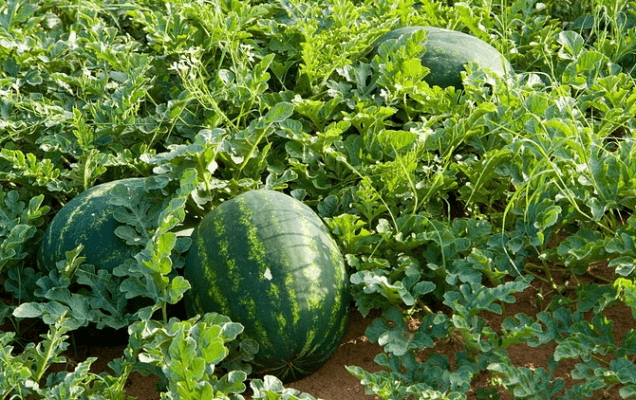








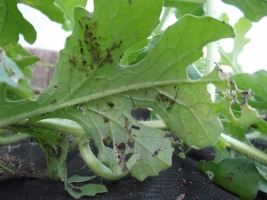
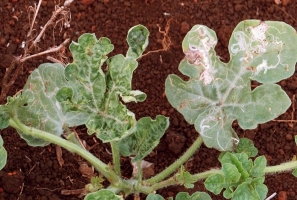
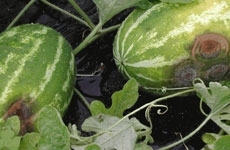
.jpg)
